Understanding Wire Nuts: Essential Tips for Safe Electrical Connections
When it comes to ensuring safe and reliable electrical connections, understanding wire nuts is essential for both professionals and DIY enthusiasts alike. Wire nuts, also known as wire connectors, play a crucial role in creating secure and insulated joints between different electrical wires. In this guide, we will delve into the fundamental aspects of using wire nuts effectively, including their types, applications, and best practices for installation. Whether you're tackling a home improvement project or simply looking to enhance your knowledge of electrical safety, mastering the use of wire nuts can significantly reduce the risk of faulty connections and potential hazards. By following the tips and techniques outlined here, you will gain the confidence needed to make safe electrical connections that stand the test of time.
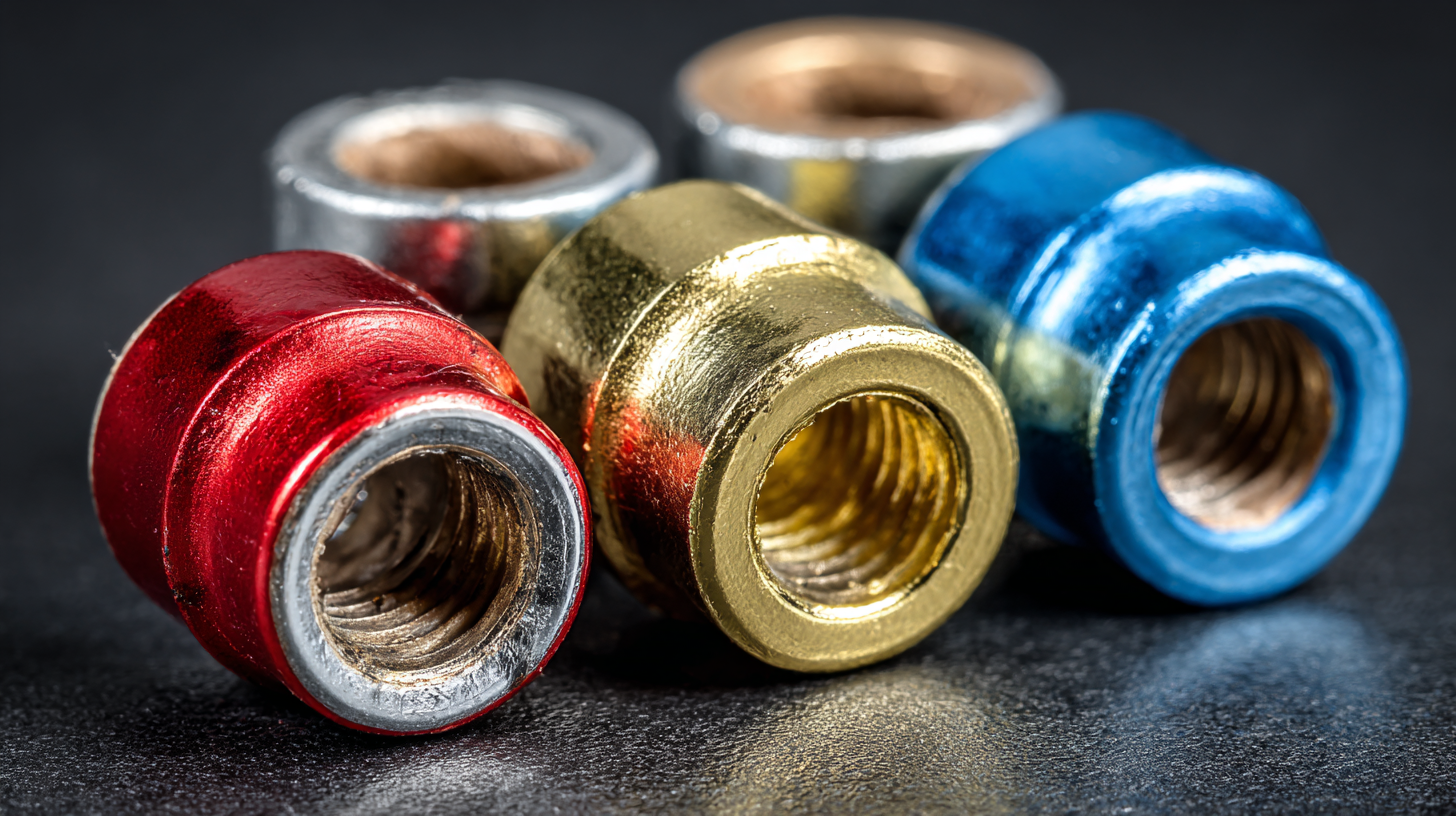
The Importance of Wire Nuts in Electrical Wiring
Wire nuts play a crucial role in electrical wiring by ensuring safe and secure connections between multiple wires. These small but mighty connectors are designed to twist together strands of wire, providing a robust solution to prevent electrical shorts and enhance the overall safety of wiring systems. Without proper connections, the risk of electrical hazards increases significantly, making wire nuts indispensable in both residential and commercial electrical projects.
When using wire nuts, it's important to follow some essential tips to ensure a reliable connection. First, always choose the right size of wire nut for the number and gauge of wires you are connecting. A wire nut that is too small may not secure the wires properly, while one that is too large might lead to loose connections. Second, strip the insulation off the wires adequately—about 3/4 of an inch for optimal contact—before twisting them together. Lastly, remember to give the wire nut a firm twist to create a tight bond, ensuring that it holds the wires securely as well as protecting them from moisture and corrosion.
Incorporating wire nuts into your electrical work not only promotes safety but also simplifies the process of connecting wires. By understanding their importance and following these tips, you can help ensure that your electrical connections are durable and reliable, reducing the risk of future issues.
Choosing the Right Size Wire Nut for Your Project
When it comes to creating safe and reliable electrical connections, selecting the right size wire nut is crucial. Wire nuts not only facilitate strong connections between wires but also ensure safety by reducing the risk of electrical shorts. To choose the appropriate size, it's essential to consider the number and gauge of the wires you're working with. Generally, a wire nut should be large enough to accommodate the combined bulk of the twisted wires while still providing a secure fit.
**Tip 1: Assess Wire Gauge and Quantity**
Before purchasing wire nuts, calculate the total number of wires you intend to bundle together and their respective gauges. Different wire sizes and combinations might require different size nuts. Always refer to manufacturer recommendations to ensure that the chosen wire nut can handle the specific combination of wire gauges for optimal performance.
**Tip 2: Test the Fit**
After selecting a wire nut, it's important to test the fit by twisting it onto the group of wires. A properly sized wire nut should fit snugly without excessive force to avoid damaging the wires. If the nut feels loose or falls off, a larger size may be necessary. Conversely, if it requires too much pressure to secure, consider a smaller size to ensure comfort and safety in your connections.
Understanding Wire Nuts: Essential Tips for Safe Electrical Connections
This chart displays the size distribution of wire nuts commonly used in electrical projects. The data represents the percentage of usage based on project requirements.
Step-by-Step Guide to Properly Using Wire Nuts
When working on electrical connections, using wire nuts correctly is essential for safety and effectiveness. To begin, strip the ends of the wires you need to connect, ensuring that you have about half an inch of exposed wire. It is crucial to twist the wires together in a clockwise direction, which helps establish a secure connection. Once the wires are twisted together properly, take a wire nut and screw it onto the twisted wires, ensuring that it covers all exposed wire to prevent shorts and other electrical hazards.
After securing the wire nut, it’s important to give the connection a gentle tug to ensure that it is tight and stable. If any wire pulls out, remove the nut, twist the wires again, and reattach. As an added tip, always choose the appropriate size wire nut for the number and gauge of wires you are connecting. Proper sizing helps maintain a solid connection and reduces the risk of electrical failure. Following these step-by-step guidelines can help you achieve safe and reliable electrical connections with wire nuts.
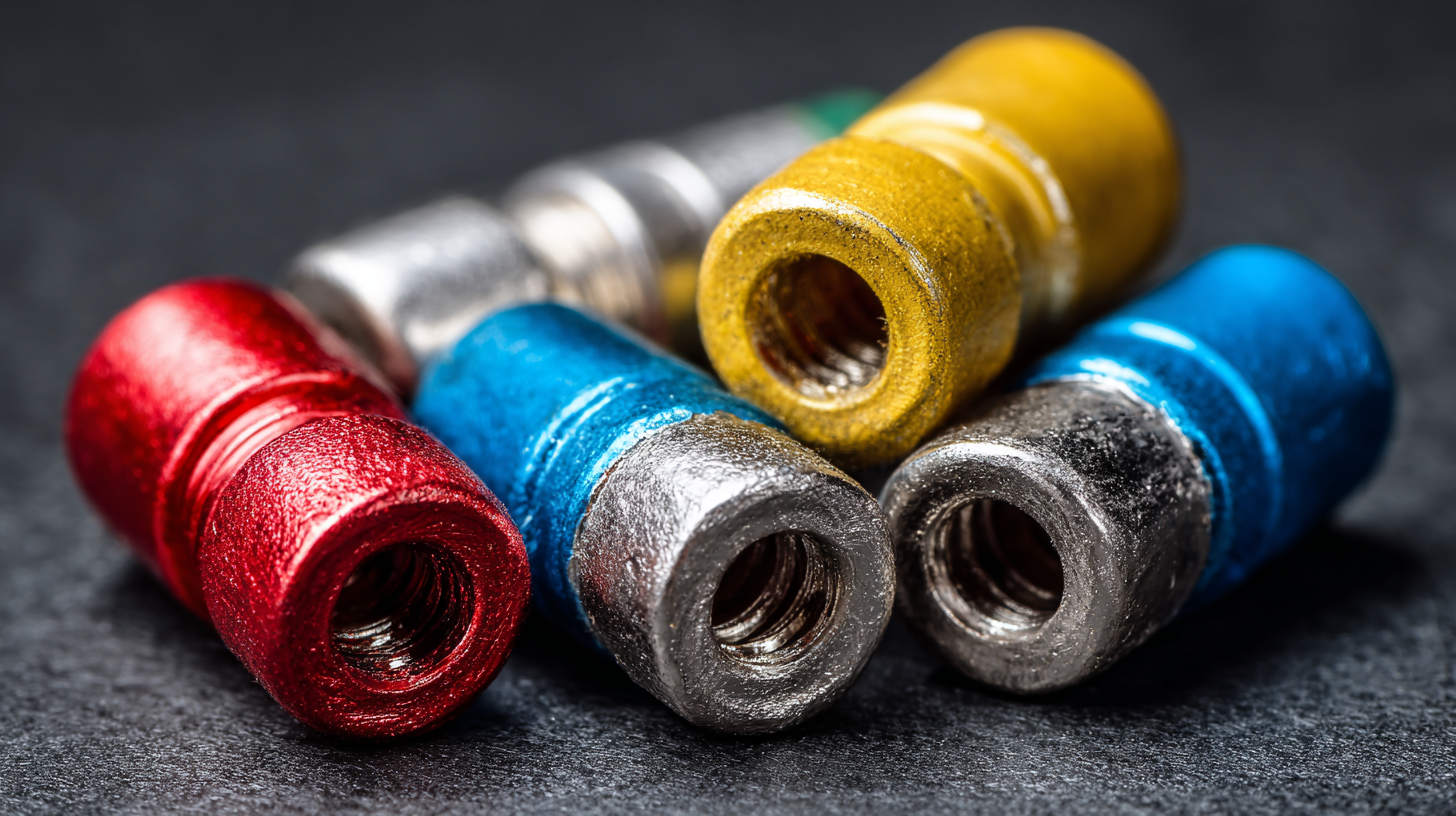
Common Mistakes to Avoid When Using Wire Nuts
When working with wire nuts, it's crucial to avoid common mistakes that can compromise the safety and effectiveness of electrical connections. One significant error is failing to strip the wires to the correct length. If the wires are not stripped properly, they won't make adequate contact within the connector, leading to potential arcing and overheating. It is essential to use the right gauge of wire stripper and follow the manufacturer’s guidelines for the appropriate strip length.
Another mistake to avoid is mixing different wire types when using wire nuts. For example, combining solid and stranded wires can result in unreliable connections. Additionally, it's essential to ensure that the wire nuts are properly sized for the number and gauge of wires being connected. Overcrowding a wire nut can lead to loose connections or even breakage, while undersized wire nuts may not adequately accommodate the necessary wires. Always check that the wires are securely twisted together before placing the wire nut, ensuring a tight fit that maintains conductivity and safety.
Understanding Wire Nuts: Essential Tips for Safe Electrical Connections - Common Mistakes to Avoid When Using Wire Nuts
| Tip/Warning | Description | Common Mistakes | Safety Precautions |
|---|---|---|---|
| Select the Right Size | Choose wire nuts that fit the gauge and number of wires being connected. | Using an undersized wire nut can lead to overheating. | Always verify sizes before installation. |
| Strip Wires Properly | Strip the appropriate amount of insulation from each wire end. | Over-stripping can lead to exposed wire, while under-stripping may cause poor connections. | Use a wire stripper for accurate results. |
| Twist Wires Together | Twist the wires together before placing the wire nut on top. | Neglecting to twist can lead to a loose connection. | Ensure a tight twist with pliers if necessary. |
| Secure Wire Nut | Screw the wire nut securely onto the twisted wires. | A loose wire nut may cause intermittent connections. | Check your connections by giving the wire nut a gentle tug. |
| Inspect Connections | Ensure all connections are clean and secure before finishing the installation. | Skipping inspection can lead to serious electrical issues. | Always test connections with a voltage tester. |
Safety Tips for Ensuring Secure Electrical Connections with Wire Nuts
When working with electrical connections, ensuring safety is paramount. Wire nuts, commonly used for joining multiple wires, offer a reliable way to create secure electrical connections, but several guidelines must be followed to minimize hazards. Firstly, ensure that the wire ends are stripped to the appropriate length, typically about 3/4 of an inch, and that they are twisted together tightly before applying the wire nut. This creates solid mechanical contact, which is essential for electrical flow and prevents overheating.
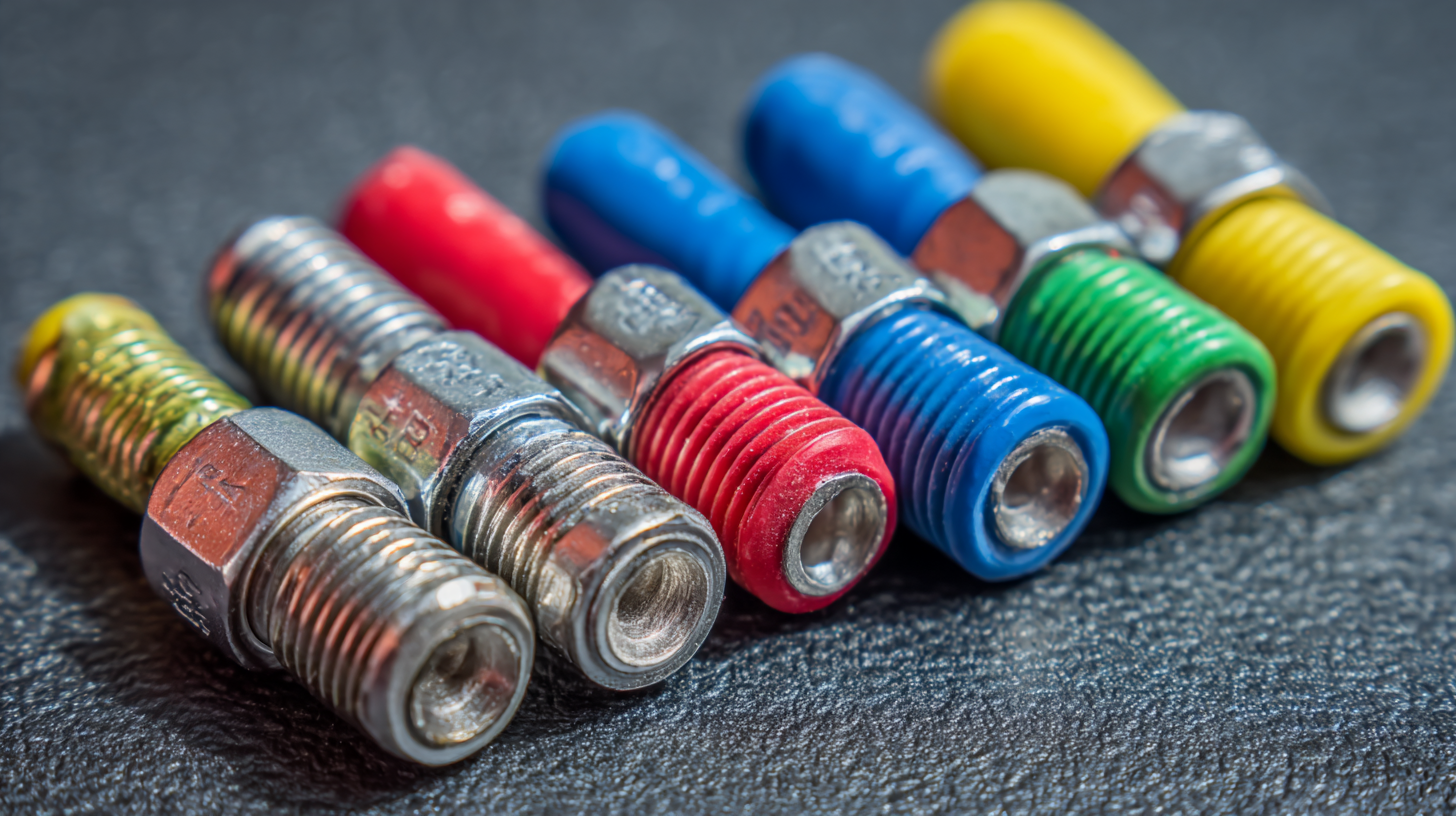
In addition to proper preparation, selecting the right size of wire nut is crucial. Each wire nut has a specific range of wire sizes it can accommodate; using either a too-small or oversized nut can lead to electrical failure or fire hazards. After securing the connections, it’s also important to conduct a visual inspection. Make sure that no exposed wire is protruding from the wire nut, and give the nut a gentle tug to ensure that it is securely fastened. By adhering to these safety tips, you can significantly reduce the risks associated with electrical connections and enjoy peace of mind in your DIY projects.
Related Posts
-
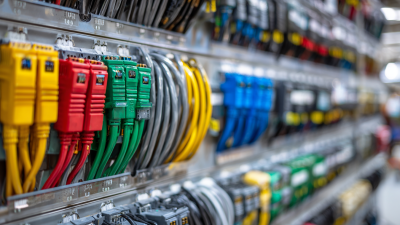
Maximize Your Power: Understanding the Safety and Efficiency of Extension Leads in 2023
-
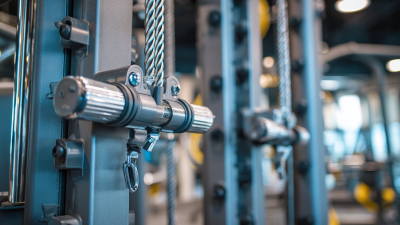
How to Maximize Your Gains with a Smith Machine with Cables for Effective Resistance Training
-

Challenges in Utilizing Flat Plug Extension Cords: Insights from Industry Data and Trends
-

What is the Importance of Using Outdoor Extension Cords for Your Projects
-

7 Benefits of Using Flat Plug Extension Cords for Home and Office Efficiency
-
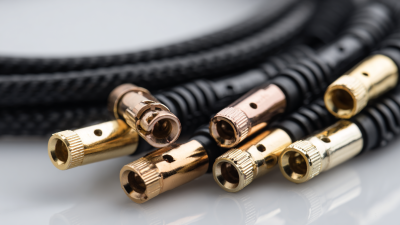
How to Choose the Best Waterproof Wire Connectors for Your Projects